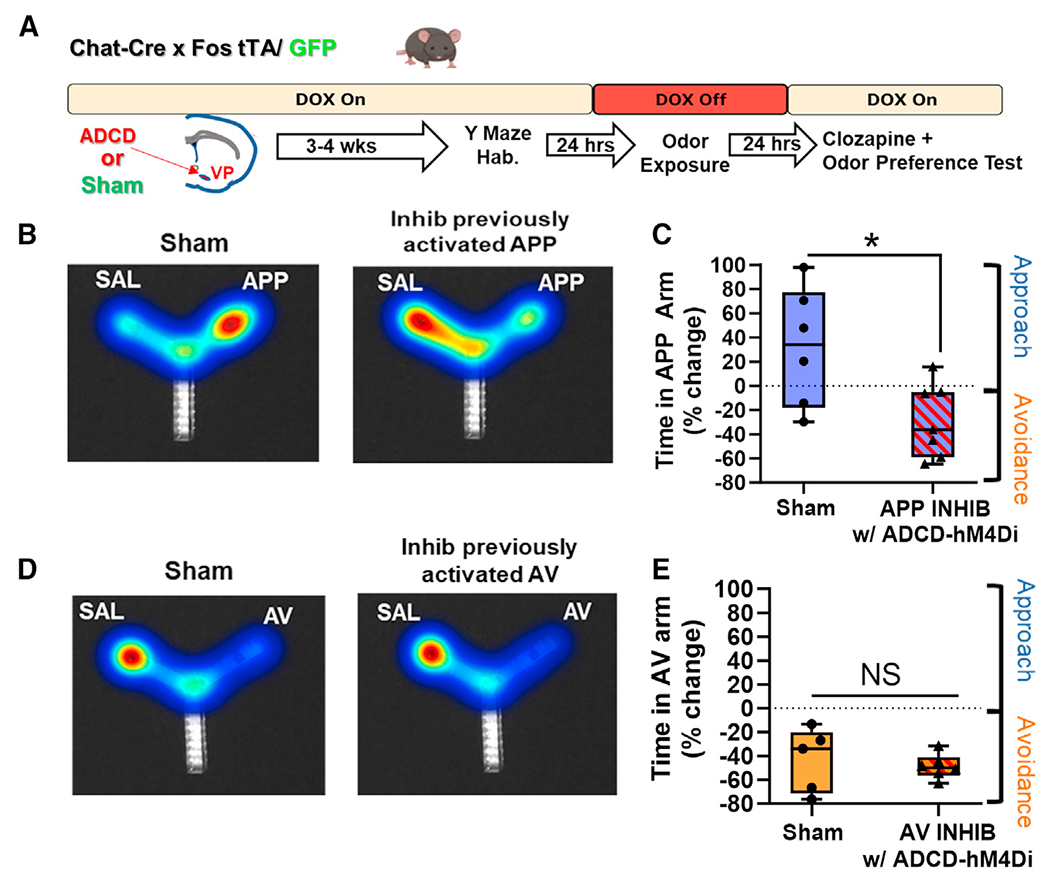Figure 5. Selective chemogenetic inhibition of previously activated APP cholinergic neurons in the VP abolishes approach to the appetitive odor, reversing behavior to strong avoidance.

(A) Workflow of behavior experiments using ADCD to target inhibitory DREADDs for specific inhibition of previously activated subpopulations of VP cholinergic neurons.
(B) Left: representative heatmap showing approach behavior to the APP odor in a sham mouse. Right: representative heatmap of the behavioral response of a mouse following inhibition of VP cholinergic neurons previously activated in response to the APP odor.
(C) Mice in the sham group (n = 6 mice; 2 males and 4 females) exhibit approach to the APP odor. Inhibiting previously activated VP cholinergic neurons in response to APP odor exposure (n = 7 mice; 5 males and 2 females) leads to significantly more time in the SAL paired arm.
(D) Left: representative heatmap depicting avoidance of the AV odor in a sham mouse (n = 5 mice). Right: ADCD inhibition of VP cholinergic neurons previously activated in response to the AV odor has no effect on avoidance of the AV odor.
(E) Mice in the sham group (n = 5; 2 males and 3 females) exhibit avoidance of the AV odor. Inhibiting VP cholinergic neurons previously activated by the AV odor (n = 6; 4 males and 2 females) has no effect.
*p < 0.05. Error bars represent mean ± SEM.
